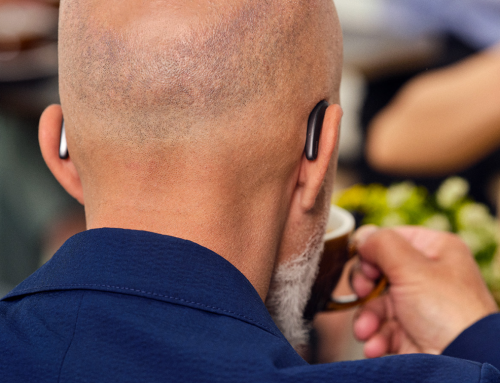The following are common hearing aid styles, beginning with the smallest, least visible in the ear. Hearing aid designers keep making smaller hearing aids to meet the demand for a hearing aid that is not very noticeable. But the smaller aids may not have the power to give you the improved hearing you may expect.
Completely in the canal (CIC) or mini CIC
A completely-in-the-canal hearing aid is molded to fit inside your ear canal. It improves mild to moderate hearing loss in adults.
A completely-in-the-canal hearing aid:
In the canal
An in-the-canal (ITC) hearing aid is custom molded and fits partly in the ear canal. This style can improve mild to moderate hearing loss in adults.
An in-the-canal hearing aid:
In the ear
An in-the-ear (ITE) hearing aid is custom made in two styles — one that fills most of the bowl-shaped area of your outer ear (full shell) and one that fills only the lower part (half shell). Both are helpful for people with mild to severe hearing loss.
An in-the-ear hearing aid:
Behind the ear
A behind-the-ear (BTE) hearing aid hooks over the top of your ear and rests behind the ear. A tube connects the hearing aid to a custom earpiece called an earmold that fits in your ear canal. This type is appropriate for people of all ages and those with almost any type of hearing loss.
A behind-the-ear hearing aid:
Receiver in canal or receiver in the ear
The receiver-in-canal (RIC) and receiver-in-the-ear (RITE) styles are similar to a behind-the-ear hearing aid with the speaker or receiver in the canal or in the ear. A tiny wire, rather than tubing, connects the pieces.
A receiver-in-canal hearing aid:



